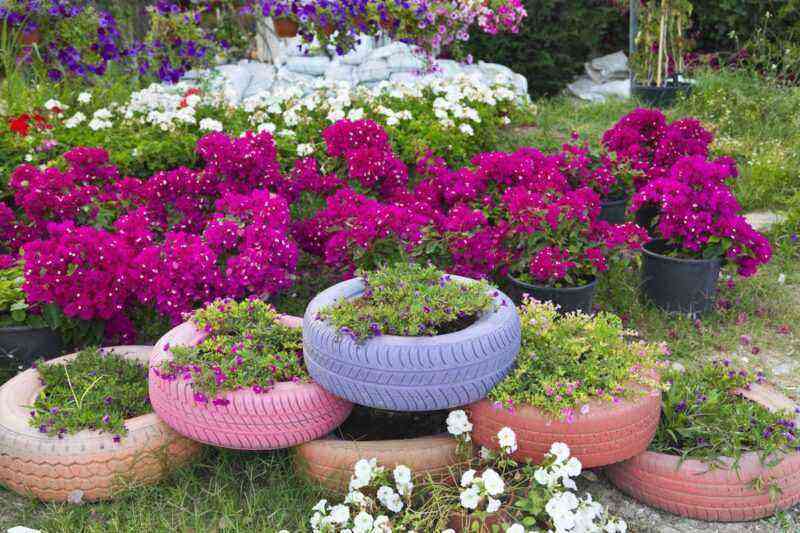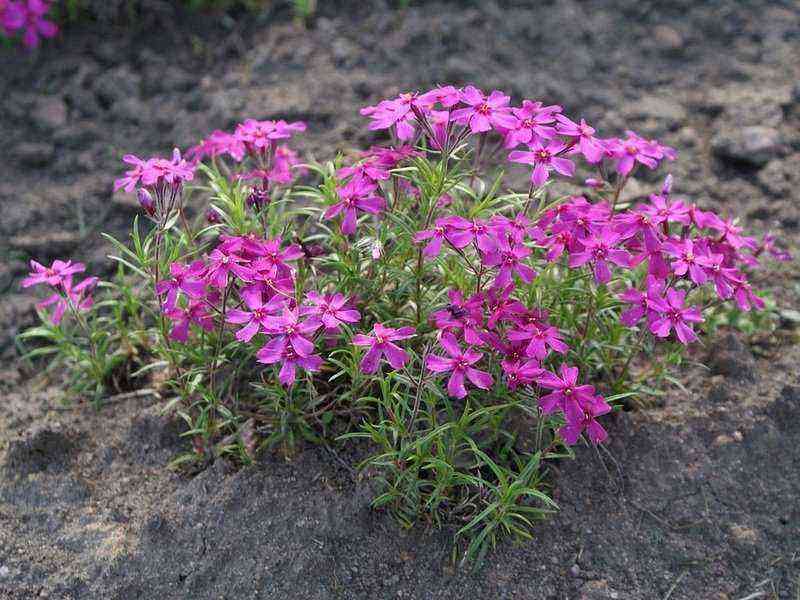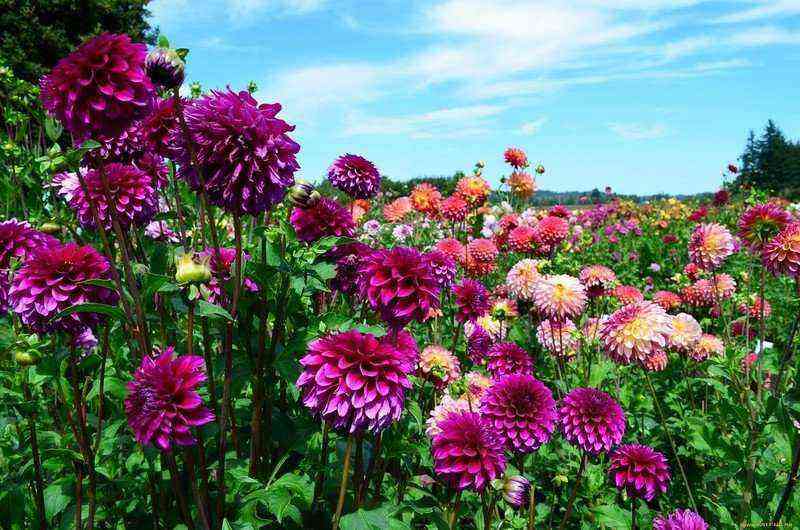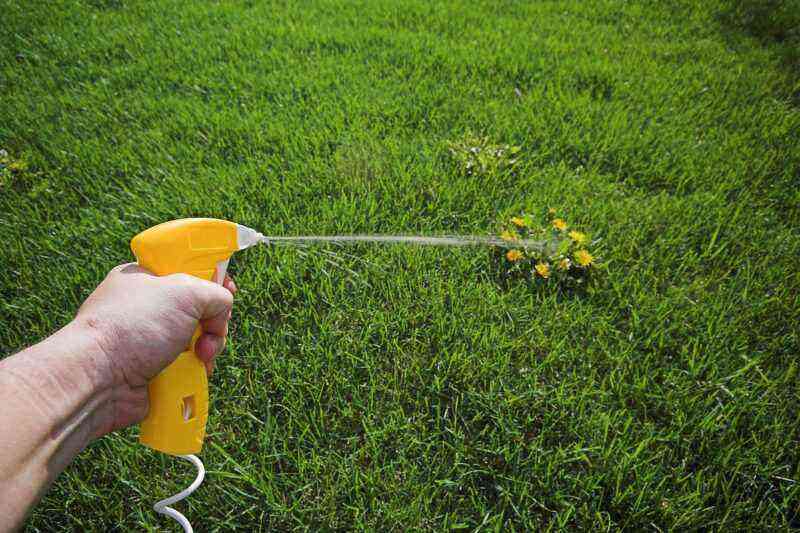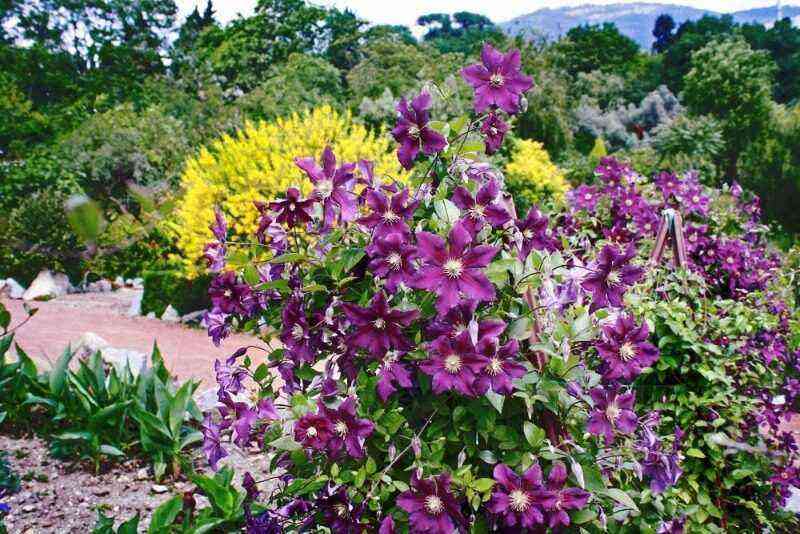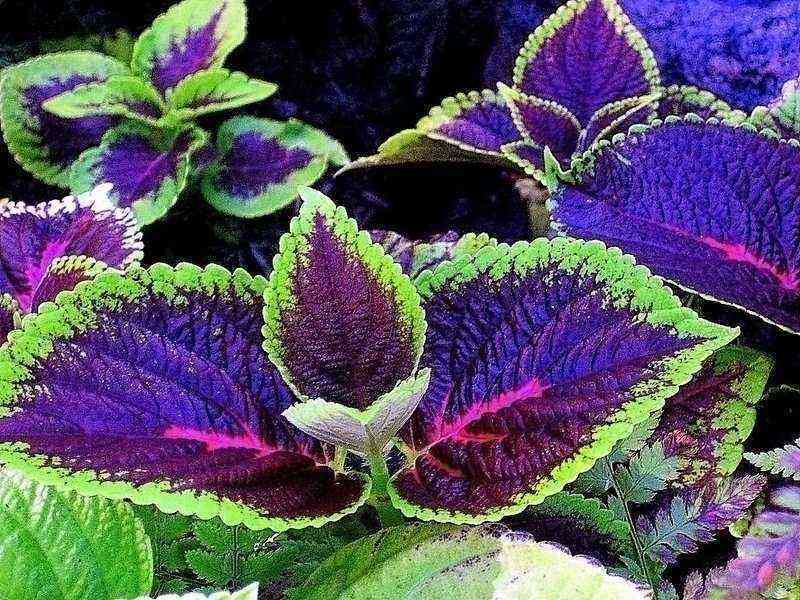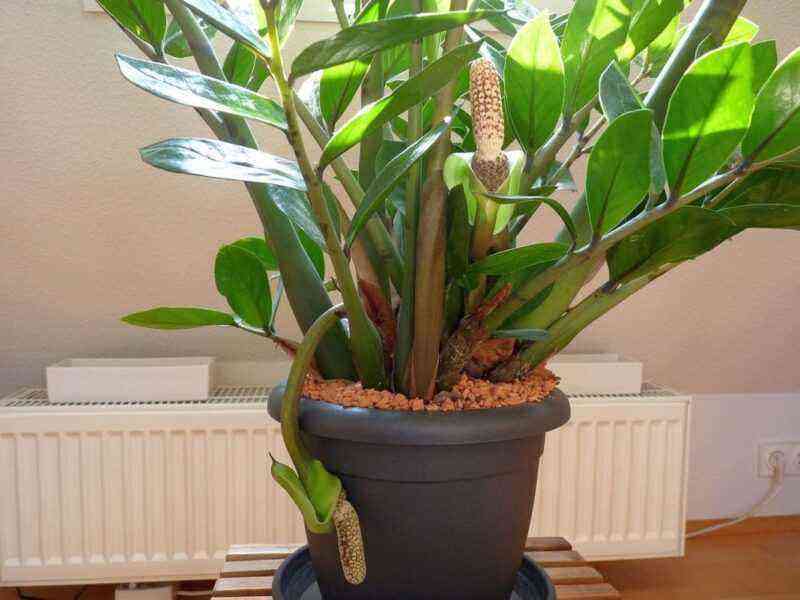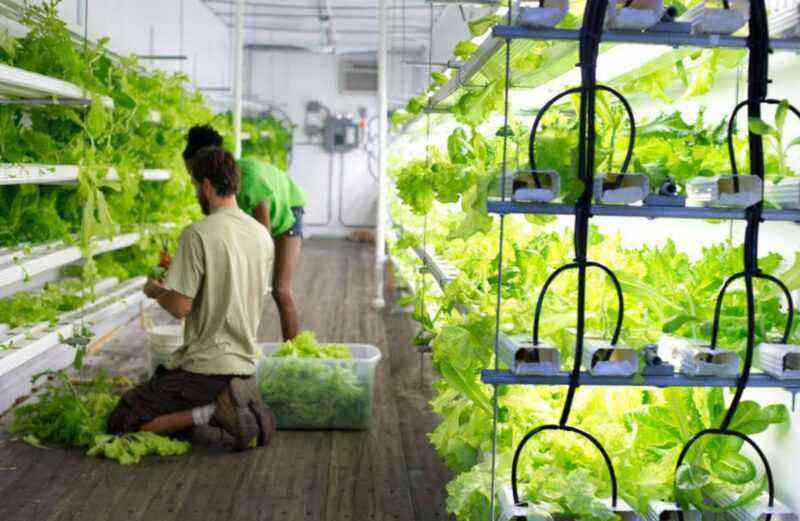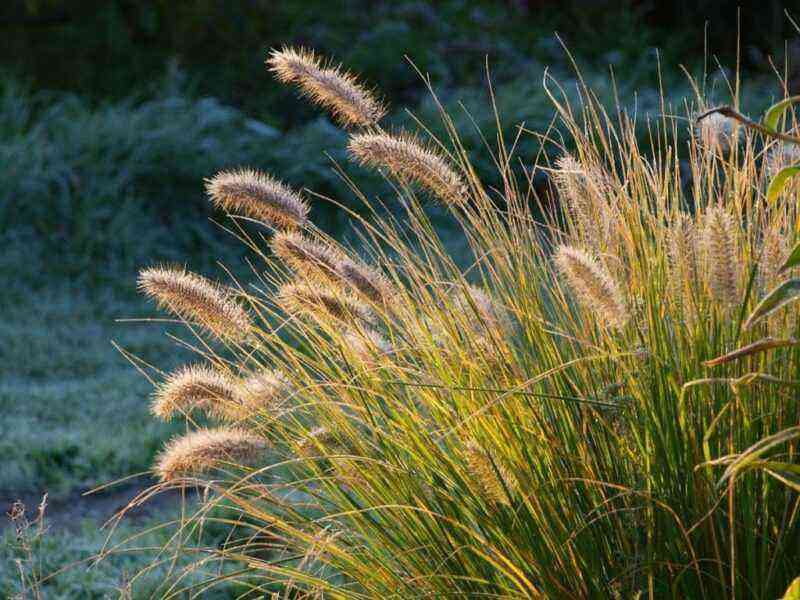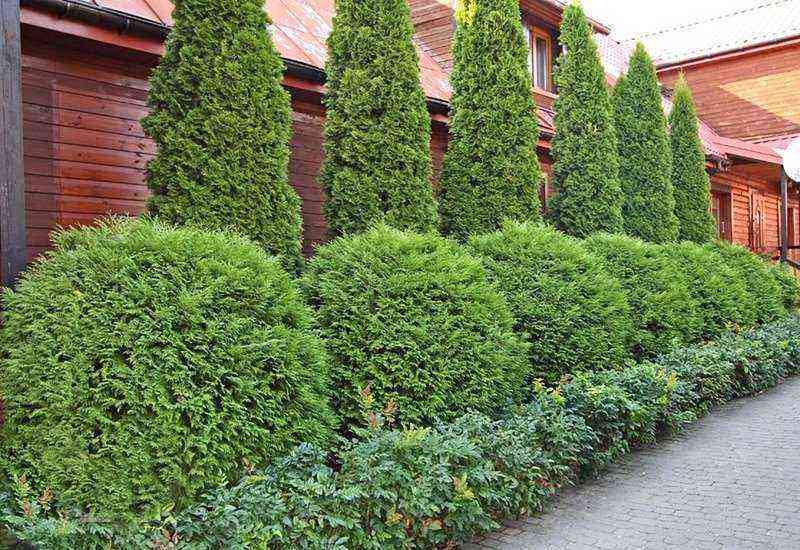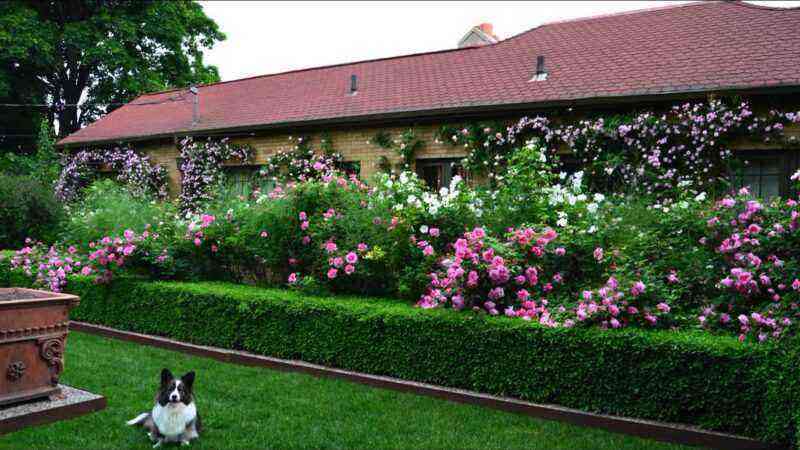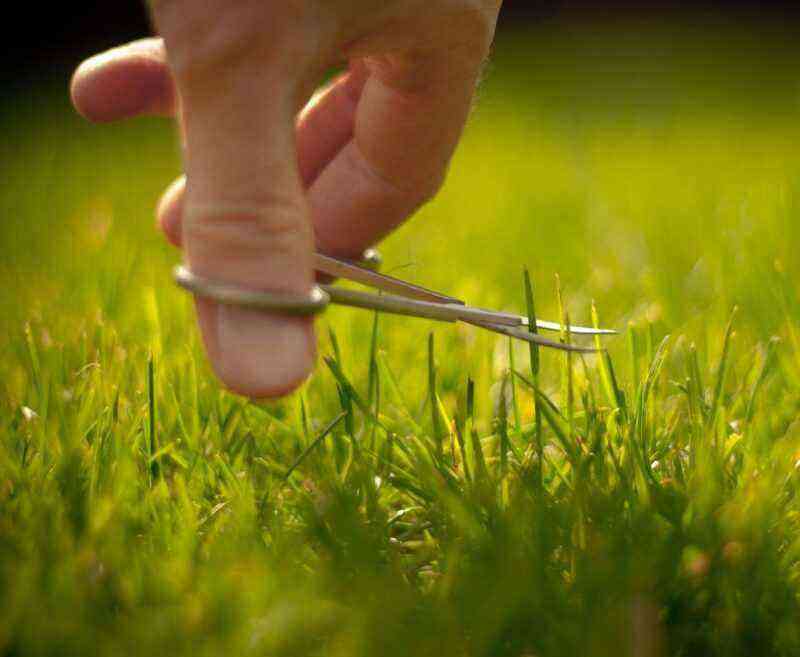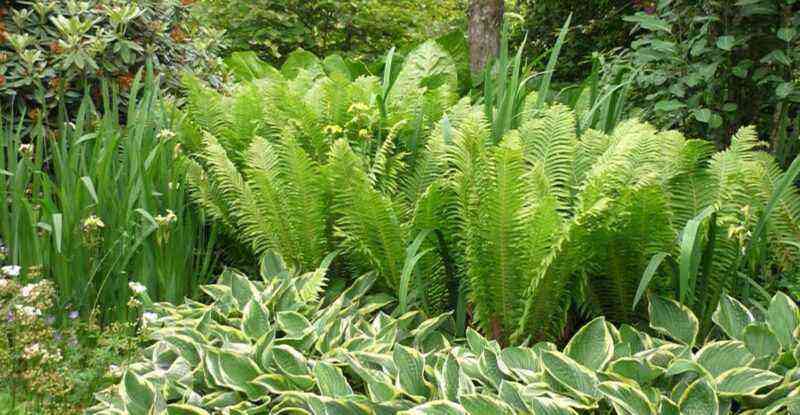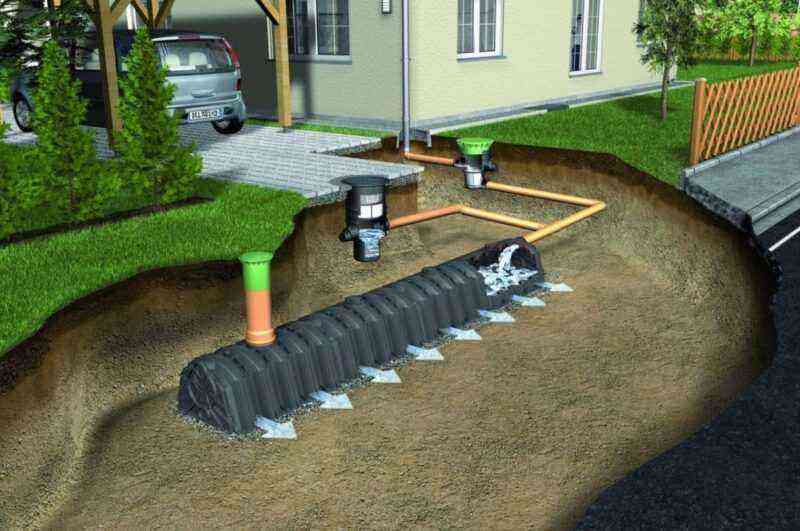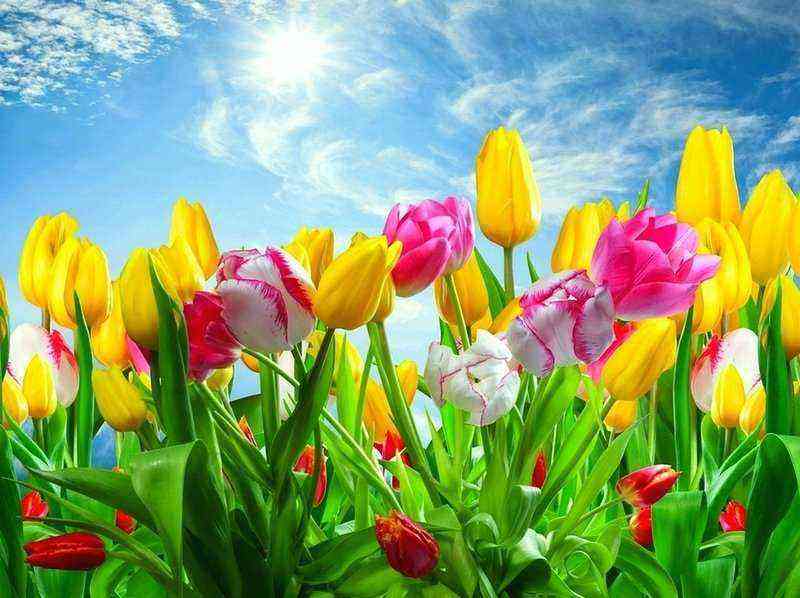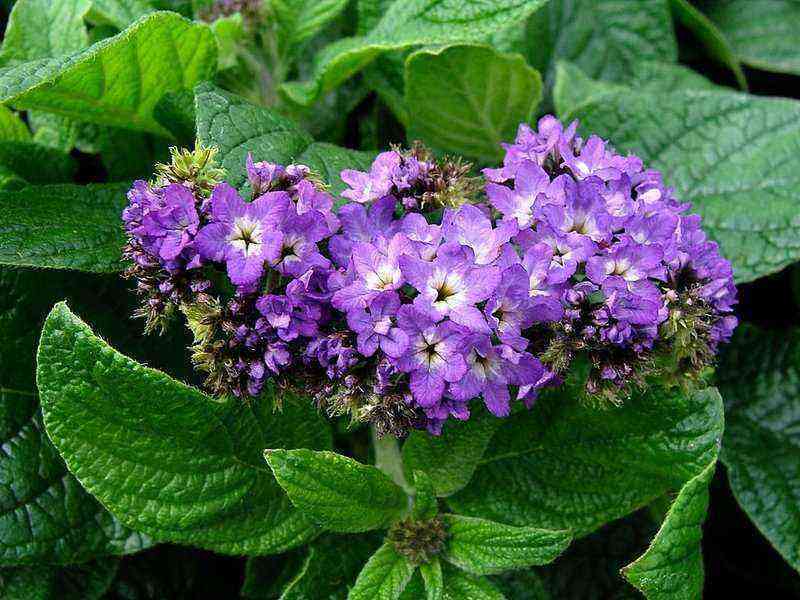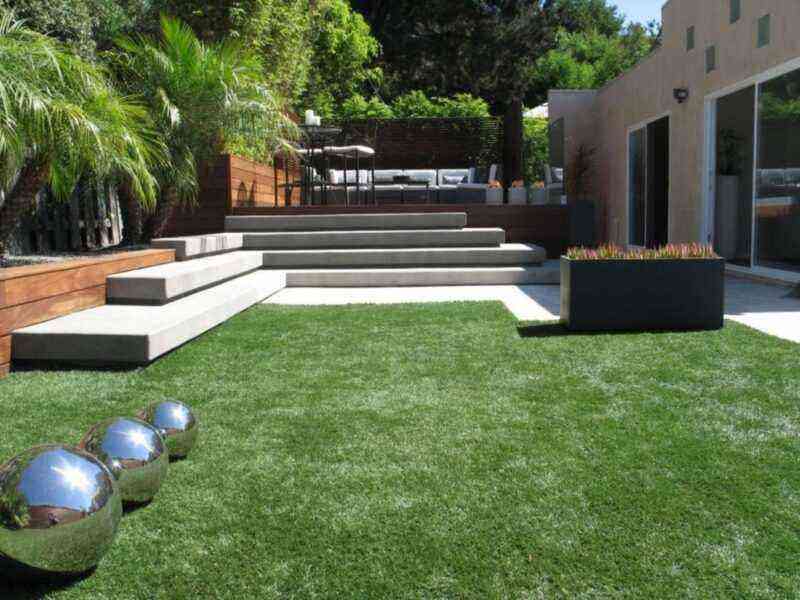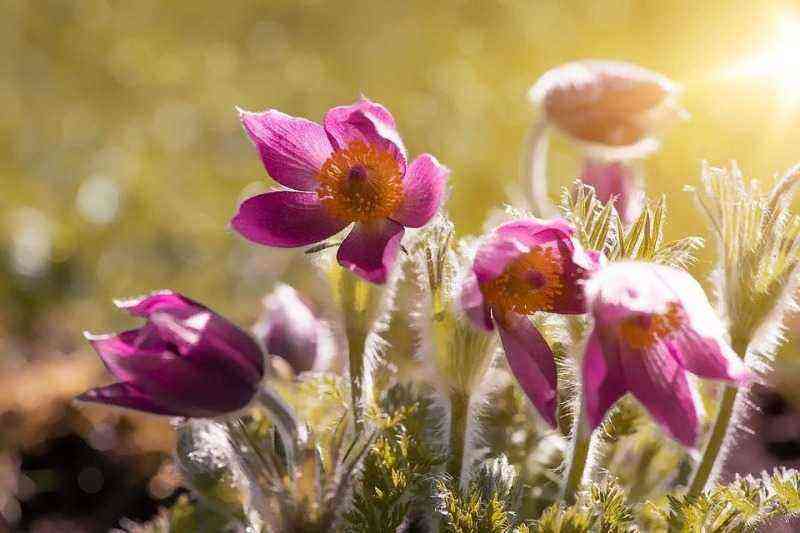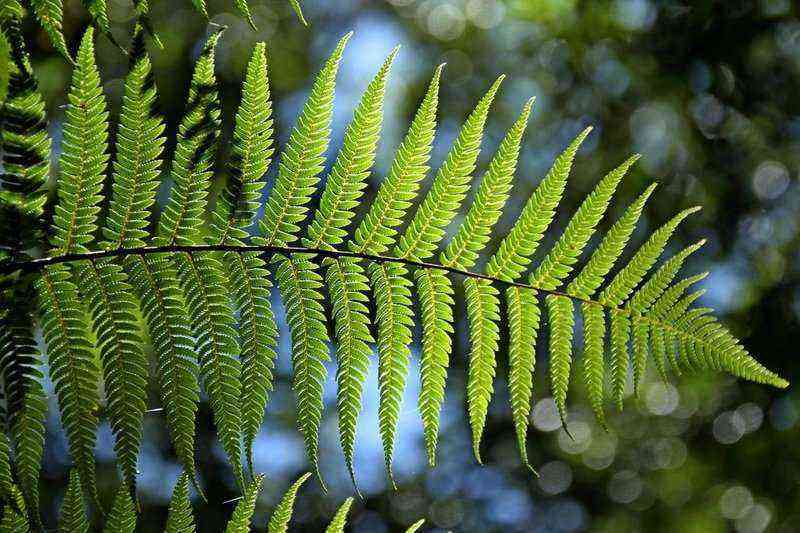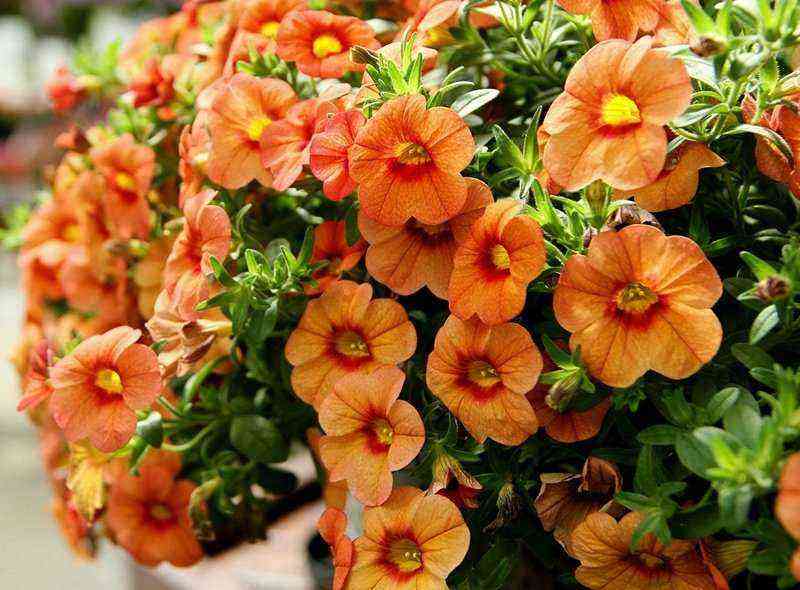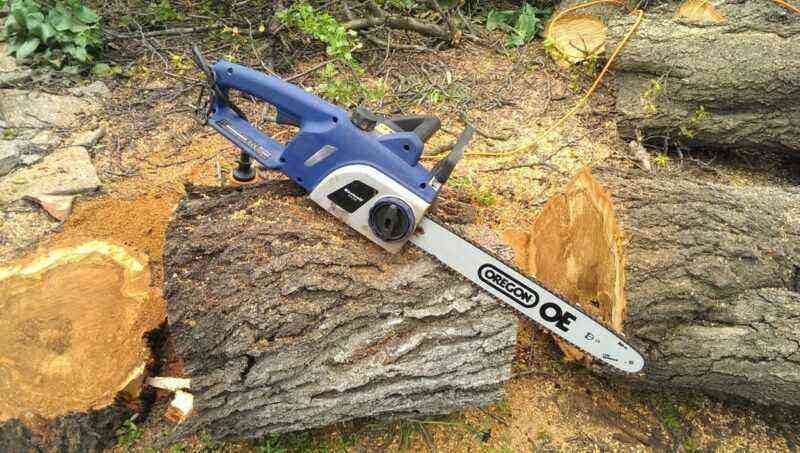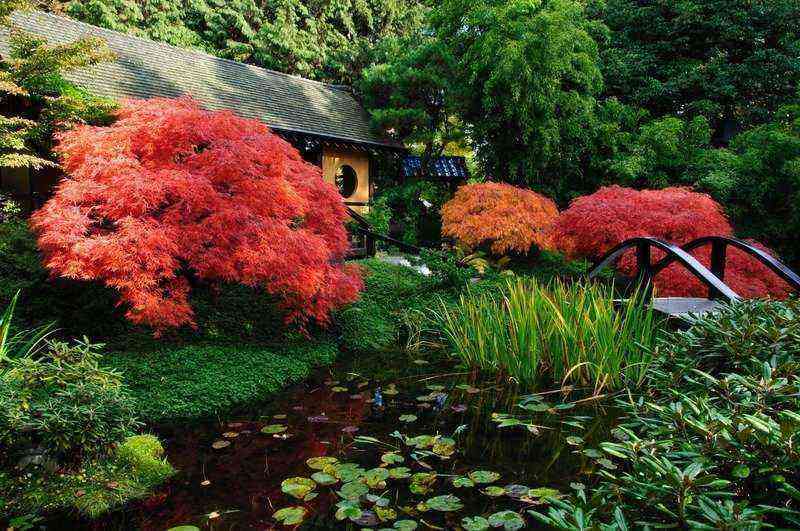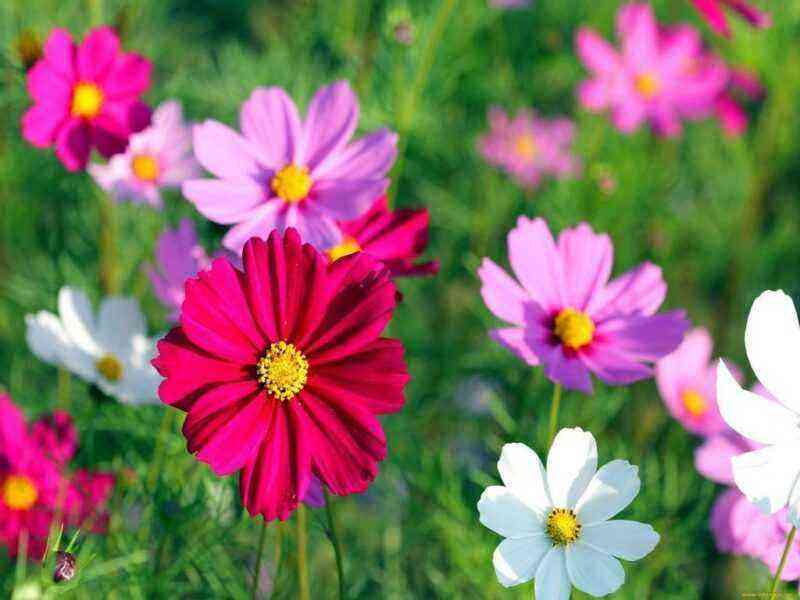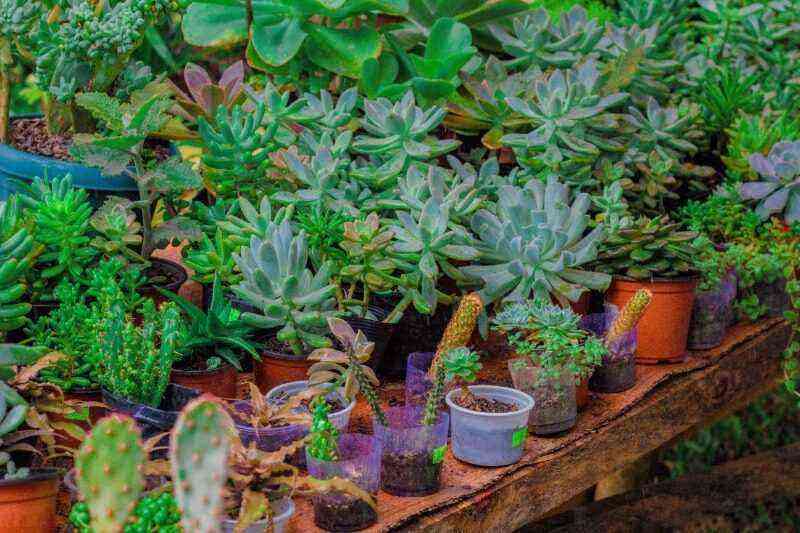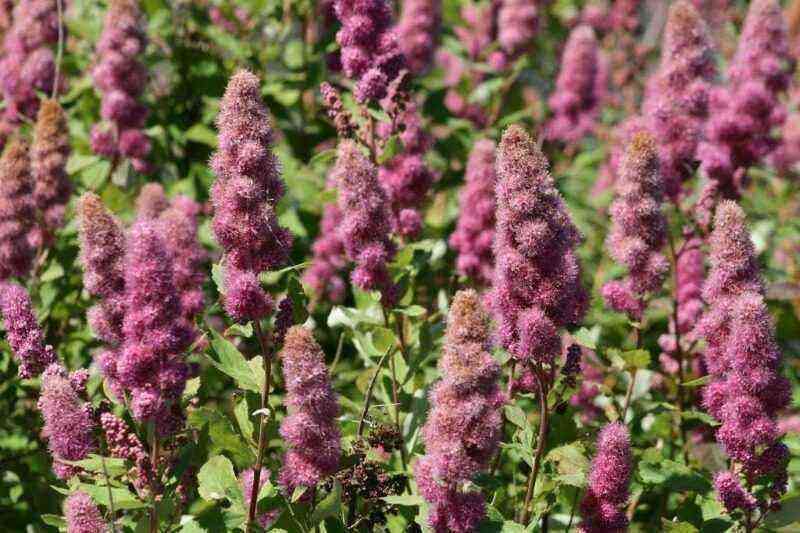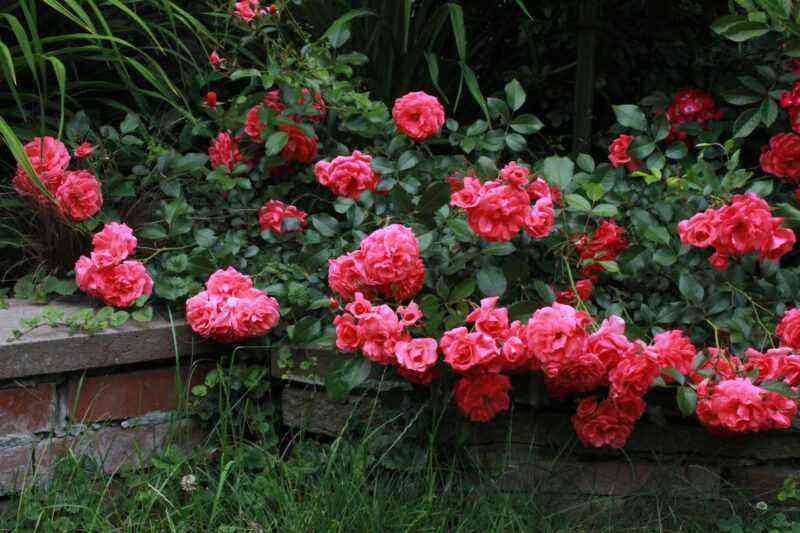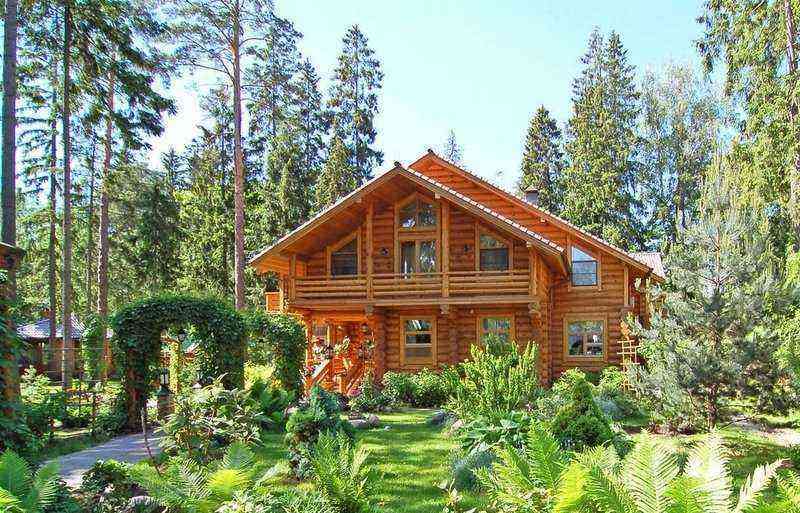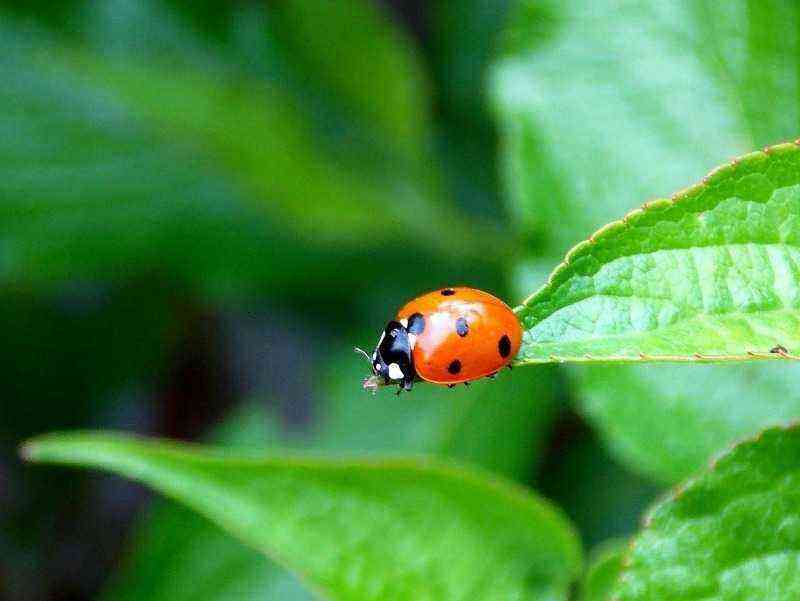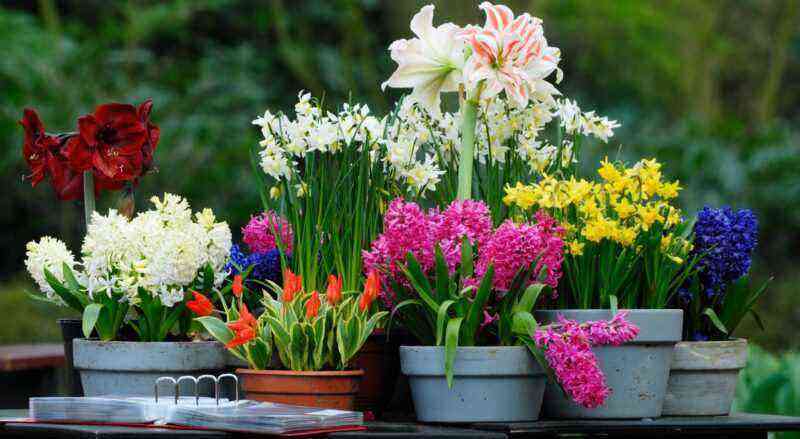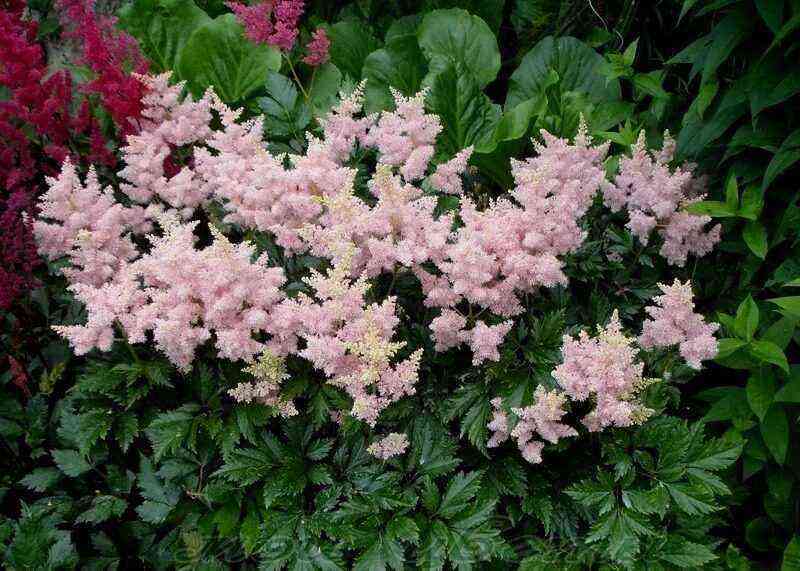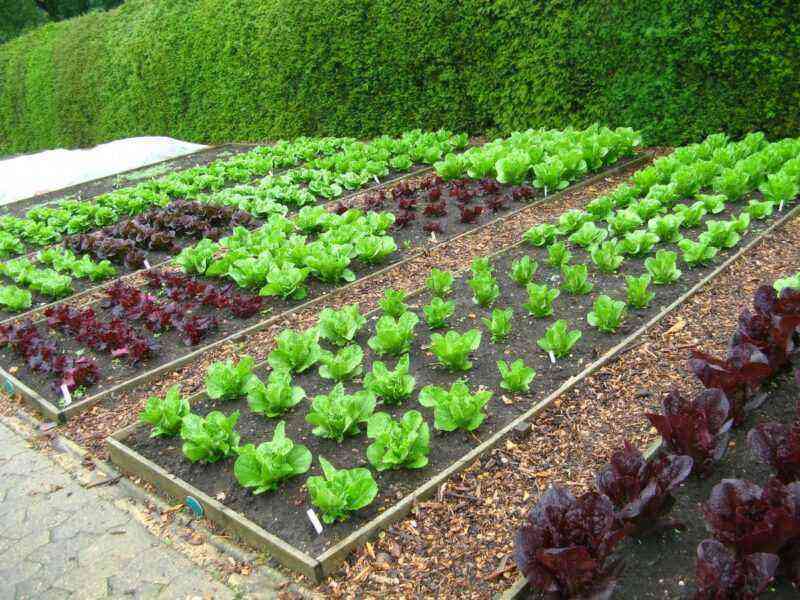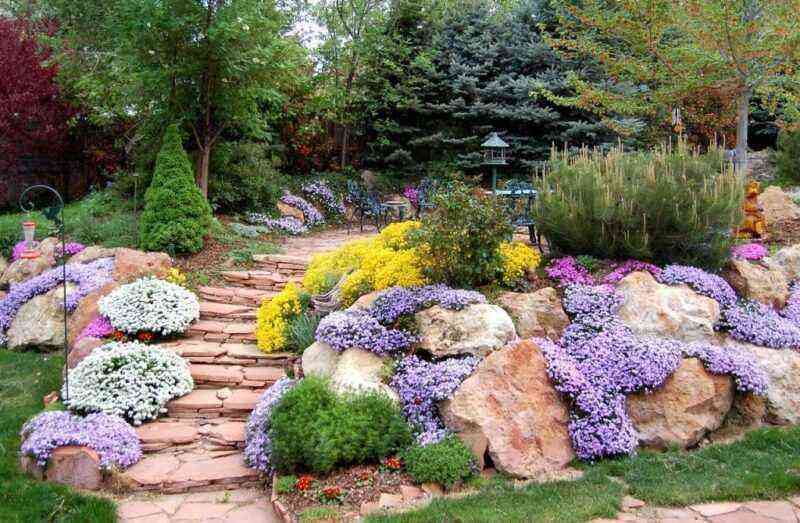In any garden with fruit or ornamental trees, there are areas that are in the shade most of the time. Some of them are permanently shaded, so the grass and flowers are deficient in sunlight. To the delight of summer residents, there is a large category of plants that thrive in an unlit area – these are shade-loving perennials for the garden, with which you can create beautiful floral and herbal compositions.
Depending on the location of the flower garden, its significance and the degree of decorative design, groups of plants can be divided into three categories:
- classic compositions;
- natural areas;
- accent flower beds.
On small forest edges, along paths and fences, that is, in places with an open perspective, there are classic compositions created to decorate areas not illuminated by the sun. This is a range of varietal herbaceous plants with decorative foliage, as well as shade-tolerant flowers for the garden, developing and gaining color over several years.
Natural areas are located on the periphery, their main purpose is to fill empty spaces and prevent weeds. For natural growth, ideal plantings of periwinkle, Siberian brunner, lungwort, May lily of the valley, and thyme.

In slightly shaded conditions, Brunner develops and blooms beautifully – a beautiful plant with blue or blue flowers that look like forget-me-nots
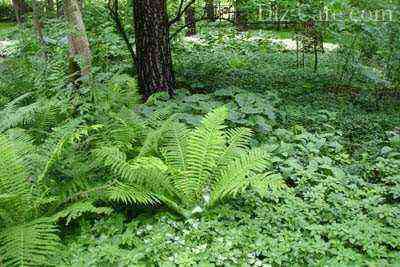
In addition to shade-tolerant flowers in the natural zone, plants with decorative leaves are used, which are ideal for imitating a wild, natural cover.
The central areas of the garden and recreation areas are also often located in areas hidden from the sun, therefore, there is a selection of accent plants specially for them, which are distinguished by beautiful flowering and decorative foliage: elecampane, Japanese anemones, Rogers, black cohosh, astilbe.
And also, you can equip a flower garden under a tree, read about this:

Flowers with pale petals usually grow in shady places, but there are exceptions. Multi-colored anemones are an opportunity to create a bright floral arrangement in a darkened area
In early spring primroses appear, gentle and modest, which delight with their beauty throughout the month. These include the European kandyk, various varieties of snowdrops, and woodlands. A little later, dubious Jeffersonia, liverwort and anemone (anemone) hatch.
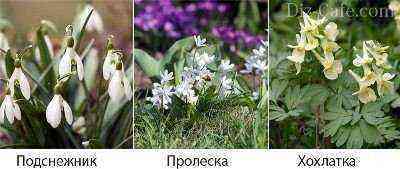
Primroses actively reproduce by self-seeding, therefore, during the flowering period, new foci should be identified and their distribution over the summer cottage should be controlled.
In late spring, ruby corollas of common lumbago and tiny soldanella flowers appear. Against the background of low bushes, an uvularia looks wonderful, similar to a bell with yellow buds and silvery foliage. The yellow carpet also creates spring celandine, blooming with small rounded bushes. It is usually alternated with fern. A bright composition can be made from saxifrage, hybrid primroses and phlox, creating a dense floral cover.
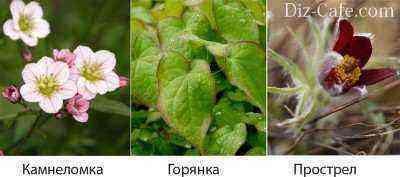
To create a spectacular flower garden, the round-leaved saxifrage is suitable – a bushy plant with small white flowers and bright green decorative foliage
The summer period is marked by the flowering of martagon (curly lily). At the initial planting, it does not differ in luxurious buds, but in subsequent years it will look more and more beautiful. Among the lilies there are varieties that reach one and a half meters in height – this factor must be taken into account when planting plants. Areas under low tree crowns are not suitable. The lilies can be accompanied by a spotted bell and a winding corydalis, which also chose the warmest summer period for flowering.
The perennial shade-loving flowers do not like the first colds, therefore, at the beginning of autumn, only a few of them open their buds. An example of late flowering is considered kirengeshoma palmate with large decorative leaves and bell flowers.
With the help of plants of different heights and colors, you can create original compositions. Of course, they will not be as bright and lush as, for example, rose bushes, but they are still able to charm with their modest charm and delicate shades.
Option # 1 – a combined flower bed of 11 plants
This is an example of a composition of a non-standard sample. For planting, plants are taken, different in height and color, and planted on a flower bed with dimensions of 2 mx 3 m. The flower bed takes its final form only after 2-3 years, when the plants reach full development and gain maximum color.

1.Anemone Dubravnaya. 2. Astrantia. 3. Lily of the valley. 4. Corydalis. 5. Dicenter. 6. Digitalis. 7. Geranium versicolor. 8. Geranium is great. 9. Liverwort. 10. Host. 11. Shieldworm
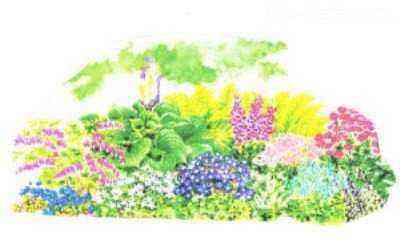
Plants are planted depending on their size: in the background there are taller flowers, in the near – border and cover
Plants bloom at different times, one after the other, as a result, the flowerbed looks presentable throughout the summer season. Suppose the flowering time of the anemones and corydalis is the end of April, the lily of the valley is the beginning of May, the dicenters are June, and the astrania is July and August. Many varieties of geraniums actively bloom throughout the summer.
A special role belongs to such plants as hosta and shitnikov. They decorate the flowerbed not with flowers, but with leaf plates. The ornamental foliage of the hosta has a bluish tint and a unique “waffle” texture, while the feathery leaves of the dwarf plant have a scaly texture.
Option # 2 – perennials with bulbs
Famous bulbous varieties – daffodils, tulips, hyacinths – can be used as a bright accent in natural areas of shade-loving flowers for the garden. They will decorate the site at the stage when the perennials have not yet bloomed. So that the faded bulbous plants do not spoil the picture in the future, they must be carefully dug up, and planted again in the fall for wintering. Another option is also possible: hazel grouses, tulips, daffodils, crocuses perfectly tolerate winter without transplanting, and the next year they please with even more exuberant flowering.
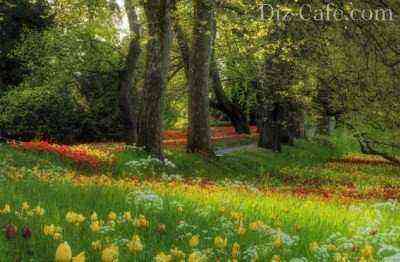
Along with perennials, tulips get along well in gardens, copses and parks, despite the minimum of sunlight and seeding density.
Together with tulips, blue forget-me-nots look great. With the help of several varieties of tulips and forget-me-nots, you can create a multi-tiered composition; against the background of decorative shade-loving perennial flowers, they will look most impressive. Do not forget about marigolds: they perfectly tolerate shade and have a protective phytoncidal aura, which is also useful for tulips.
You can learn how and when to plant marigolds for seedlings from the material:
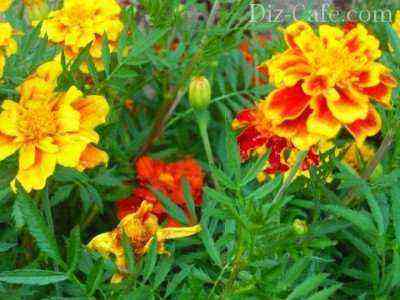
Marigolds feel great both in open areas and in the shade, therefore summer residents are very fond of them for diluting lawns, decorating shaded areas and borders
Option # 3 – grass lawn
Lawn grass loves sunshine and plenty of watering, so not every seed mixture is suitable for shaded areas. Moorish and sports lawns are excluded, but the presence of fescue in the mixture will come in handy. There are numerous varieties of fescue, therefore, the most suitable species are recommended for each region.
For example, tough red fescue perfectly tolerates a deficit of sunny color, but does not like even short droughts, so it should be planted only if there is frequent watering. In addition, it is susceptible to fungal diseases and restores the root system for a long time if damaged. Long-leaved fescue, on the other hand, is drought-tolerant and disease-free, so it is good for sowing in hard-to-reach areas that require minimal maintenance.
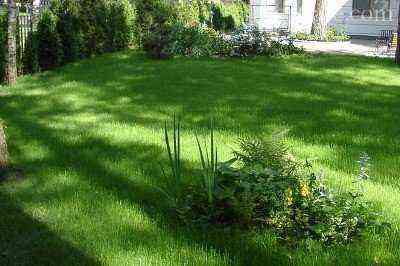
Red fescue is ideal for creating a lawn base in shaded areas: it is unpretentious, grows quickly and can replace other types of lawn grasses
Related article: Features of the use of ornamental cereals in landscape design
Creating flower arrangements for a shady garden is a real art that requires knowledge and patience, but the result exceeds all expectations: a blooming garden appears in the place of a vacant lot, and amazing flower beds appear in the farthest corners.
